Introduction to Real-Time English Translation Device Apps
In an increasingly globalized world, the ability to communicate across languages has become more crucial than ever. Real-time English translation device apps have emerged as a game-changer, making it possible for people to bridge the language barrier with ease. These apps utilize advanced technologies to provide instant translations, making them indispensable tools for travelers, business professionals, and language learners alike.
How Real-Time Translation Apps Work
Real-time translation apps operate by converting spoken or written English into another language and vice versa, in real time. They typically use a combination of speech recognition, machine learning, and natural language processing to achieve this. Here's a breakdown of the process:
Speech Recognition: The app first captures the audio through the device's microphone, converting it into a digital format that can be processed.
Language Analysis: The app then analyzes the audio to identify the language and extract the text or speech content.
Translation Engine: The extracted text is passed through a translation engine, which uses algorithms to convert it into the target language.
Speech Synthesis: The translated text is then converted back into speech using text-to-speech technology, which is then played through the device's speaker.
Key Features of Real-Time English Translation Apps
Real-time English translation apps come with a variety of features designed to enhance the user experience and provide accurate translations. Some of the key features include:
Instant Translation: The apps provide real-time translation, allowing users to communicate instantly without any delays.
Multiple Languages: Most apps support a wide range of languages, making them versatile for global communication.
Speech-to-Speech Translation: Users can speak into the device, and the app will translate their words into the target language, allowing for direct communication.
Text Translation: The apps can also translate written text, making them useful for reading signs, menus, and documents in a foreign language.
Offline Mode: Some apps offer offline translation capabilities, allowing users to translate without an internet connection.
Customizable Settings: Users can customize the app's settings to their preferences, such as choosing the voice for speech synthesis or setting the translation speed.
Top Real-Time English Translation Apps
Several apps have gained popularity for their accuracy and user-friendly interfaces. Here are some of the top real-time English translation apps available:
Google Translate: One of the most widely used translation apps, Google Translate offers a comprehensive set of features, including text, speech, and image translation.
Microsoft Translator: This app provides high-quality translations and supports a wide range of languages, including sign language.
DeepL Translator: Known for its accurate translations, DeepL Translator is a favorite among professional users and language enthusiasts.
Yandex Translate: Yandex Translate offers quick and accurate translations, along with a user-friendly interface.
iTranslate: This app is popular for its simplicity and ease of use, making it a great choice for travelers.
Challenges and Limitations
While real-time English translation apps have made significant advancements, they still face certain challenges and limitations:
Accuracy: Although translation engines have improved, they may still struggle with complex sentence structures, idioms, and context-specific meanings.
Speech Recognition: Accurate speech recognition is crucial for speech-to-speech translation, and some apps may struggle with accents, dialects, or background noise.
Cultural Nuances: Translations may not always capture the cultural nuances and subtleties of a language, which can lead to misunderstandings.
Privacy Concerns: Some users may have concerns about the privacy of their
转载请注明来自马鞍山同杰良,本文标题:《实时英文翻译设备app,有没有英文实时翻译软件 》

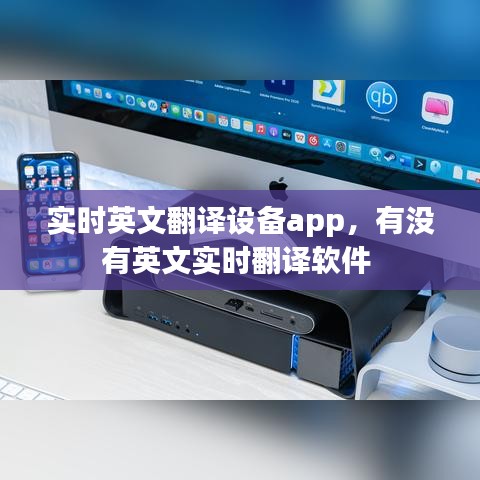




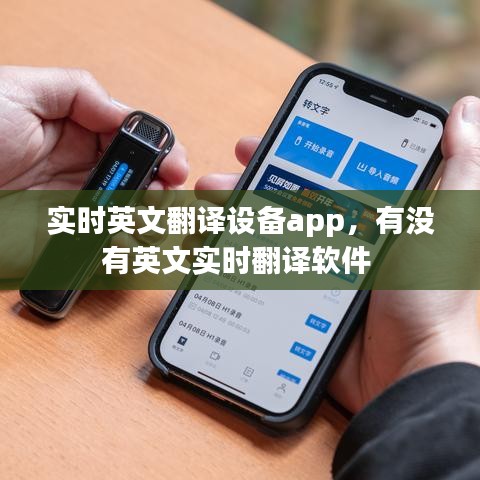
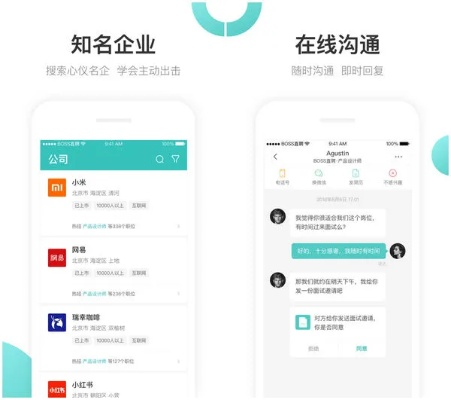

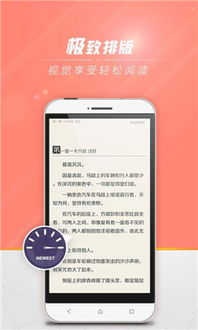


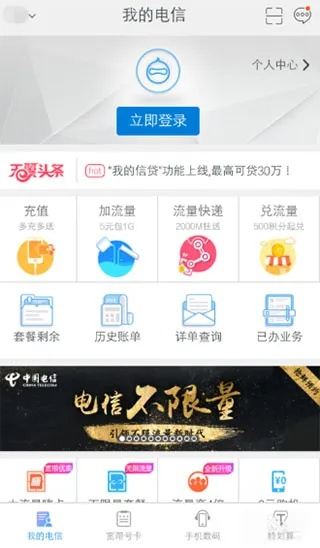

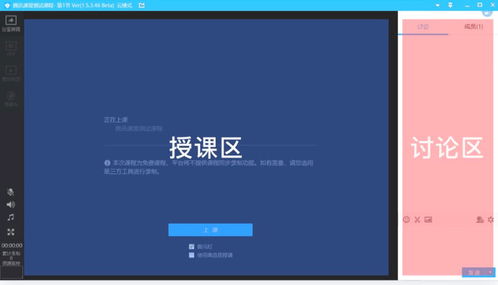
 皖ICP备2022015489号-1
皖ICP备2022015489号-1